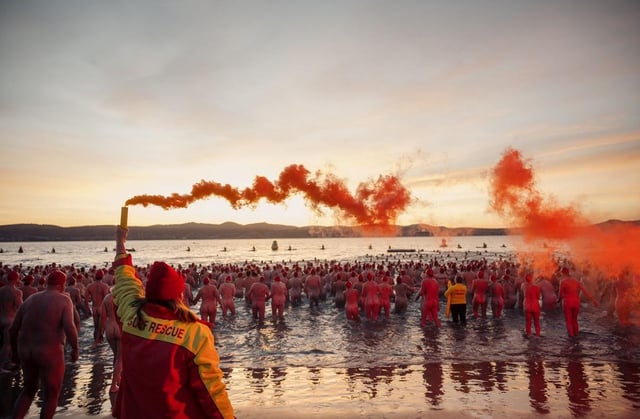Overview
- Northern Hemisphere experienced its longest day on June 20 as Earth tilted to its maximum 23.5° angle toward the sun, marking the start of astronomical summer and the winter solstice in the Southern Hemisphere
- Thousands participated in cultural events, from yoga marathons in New York’s Times Square to flower-crown dances on Sweden’s Gotland, highlighting the solstice’s global significance
- Ancient sites like England’s Stonehenge and Peru’s Cusco still draw crowds seeking to align with the sun’s peak position, underscoring the event’s historical resonance
- Researchers warn that extended daylight can disrupt circadian rhythms, with experts noting shifts in melatonin production and sleep quality in regions that saw up to 15 hours of sunshine
- In Australia, winter solstice festivities included Tasmania’s 3,000-person plunge into the sea, illustrating the shortest-day rituals below the equator



